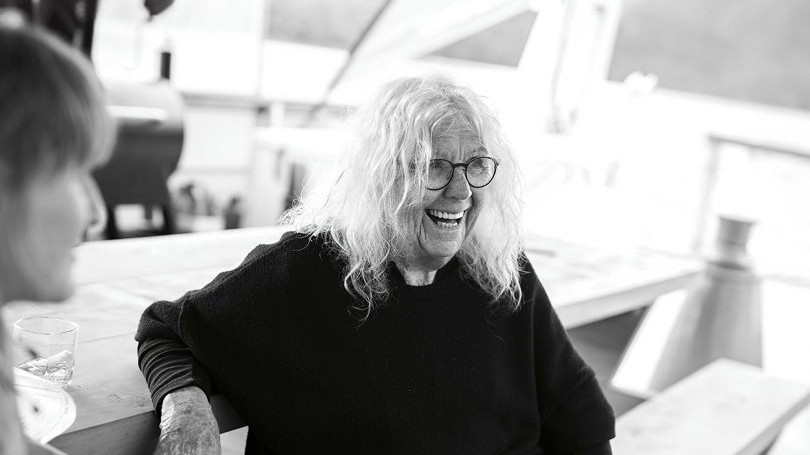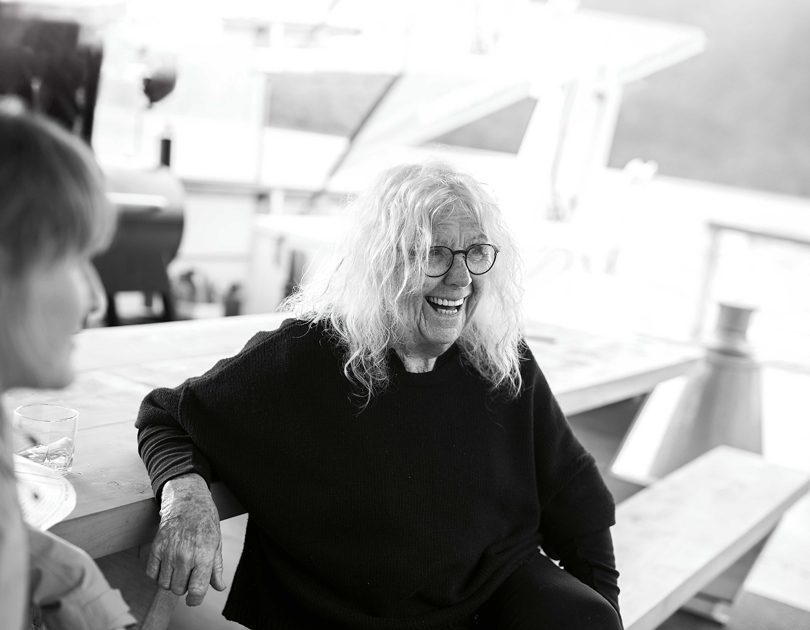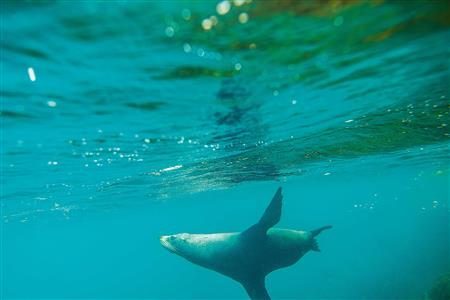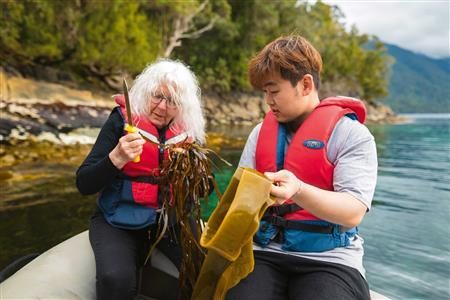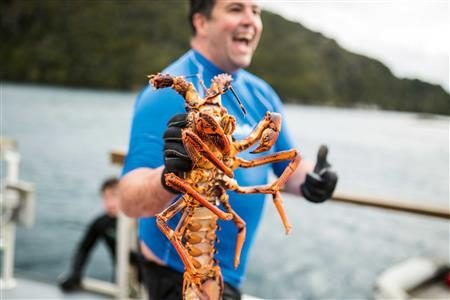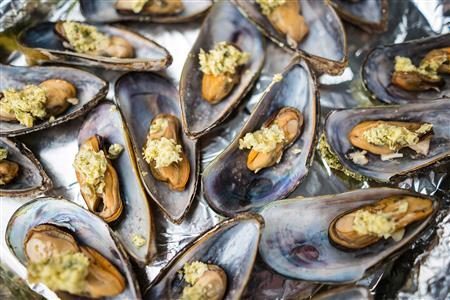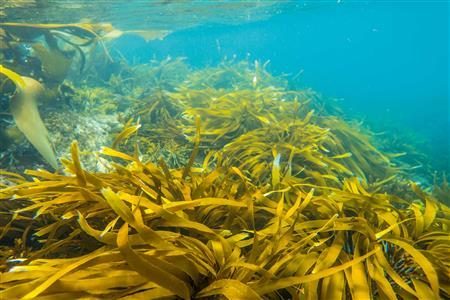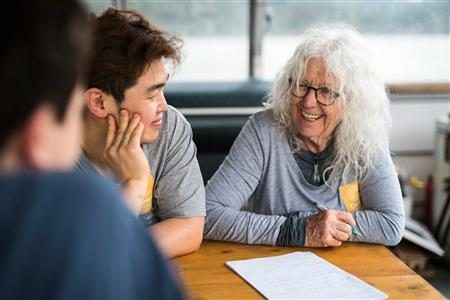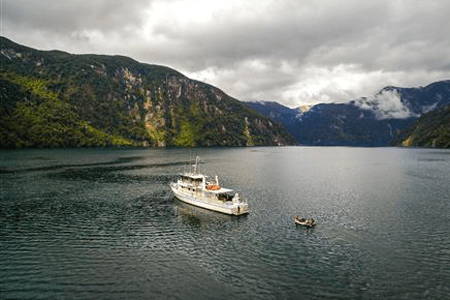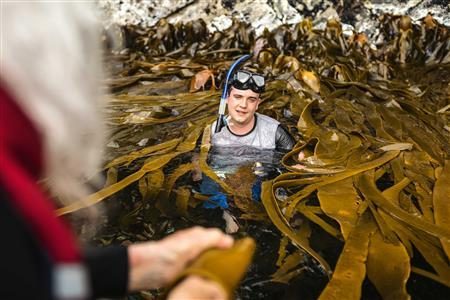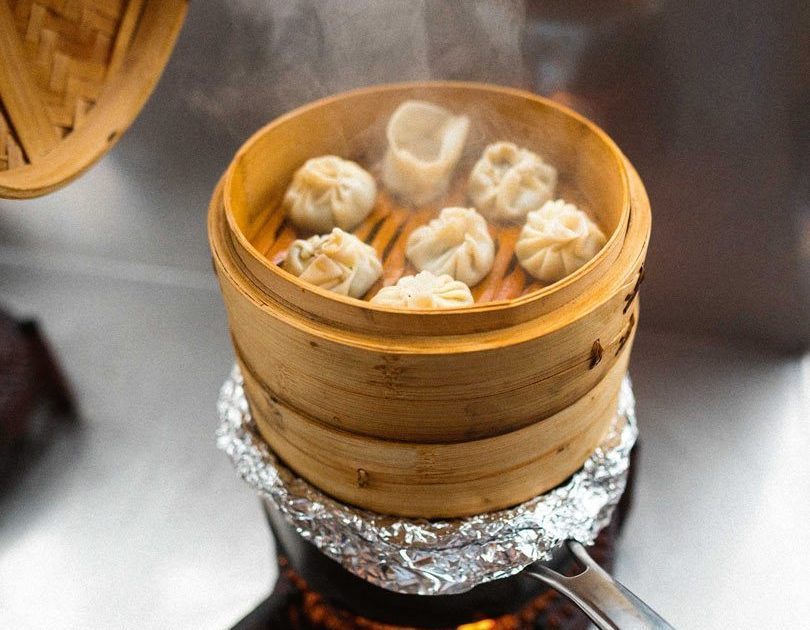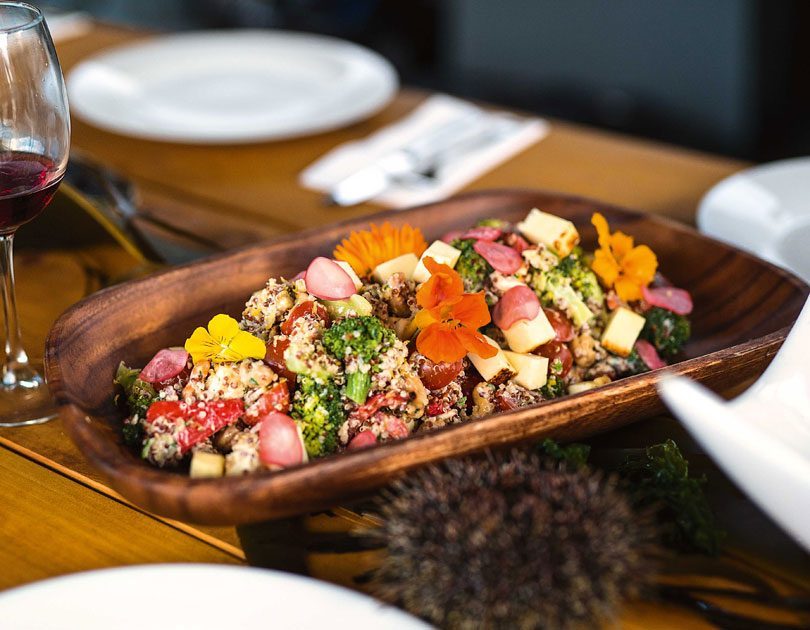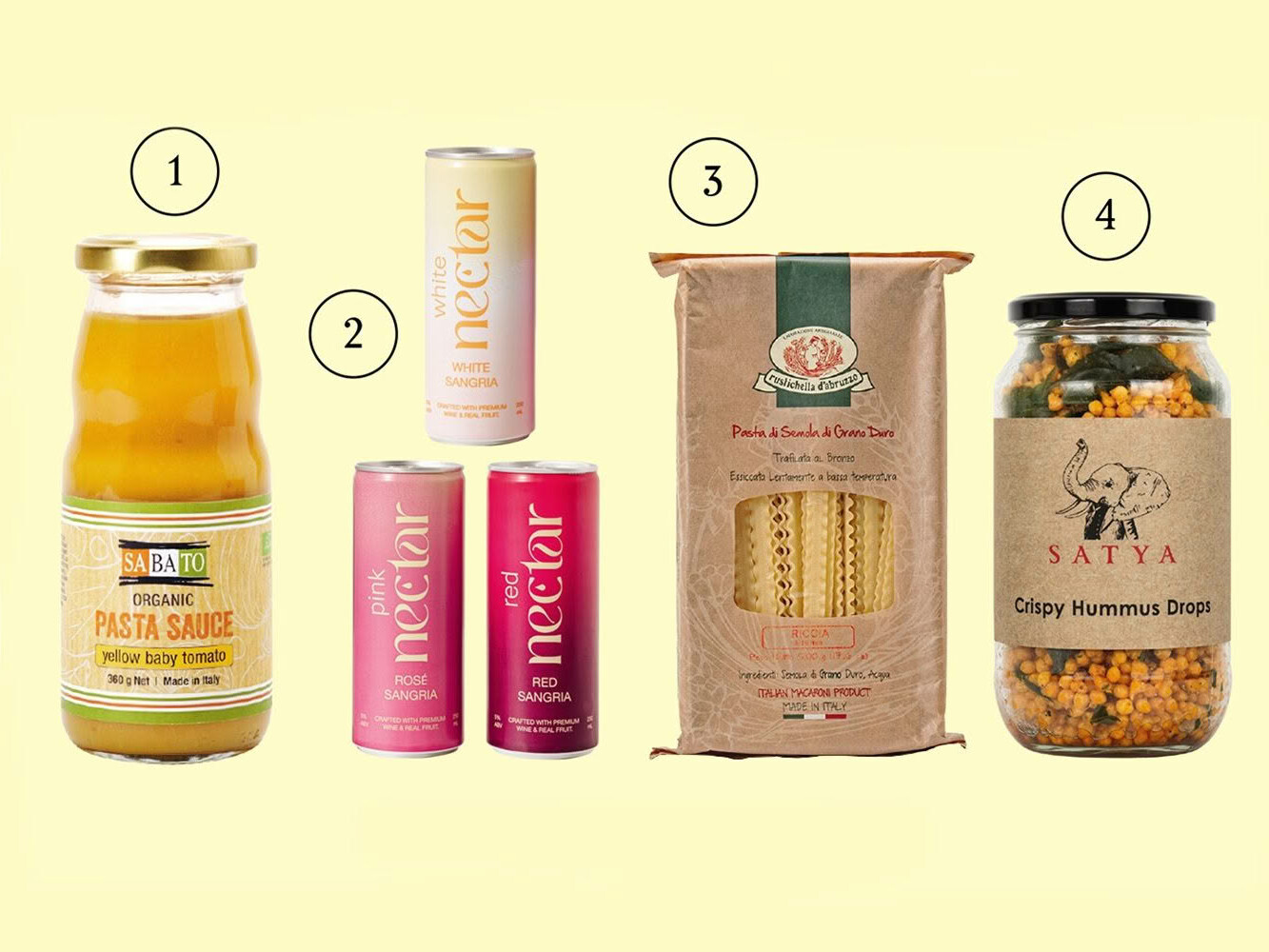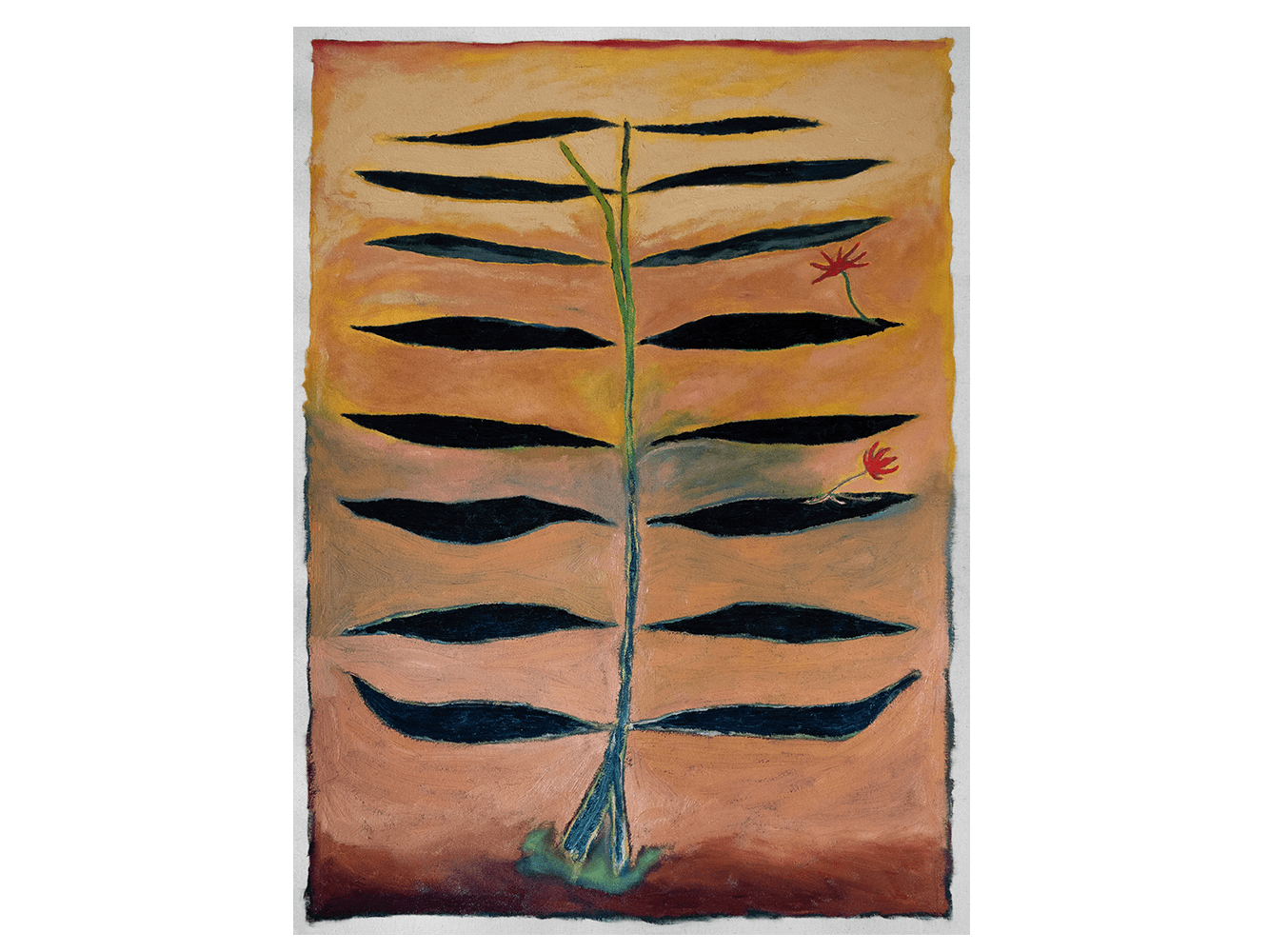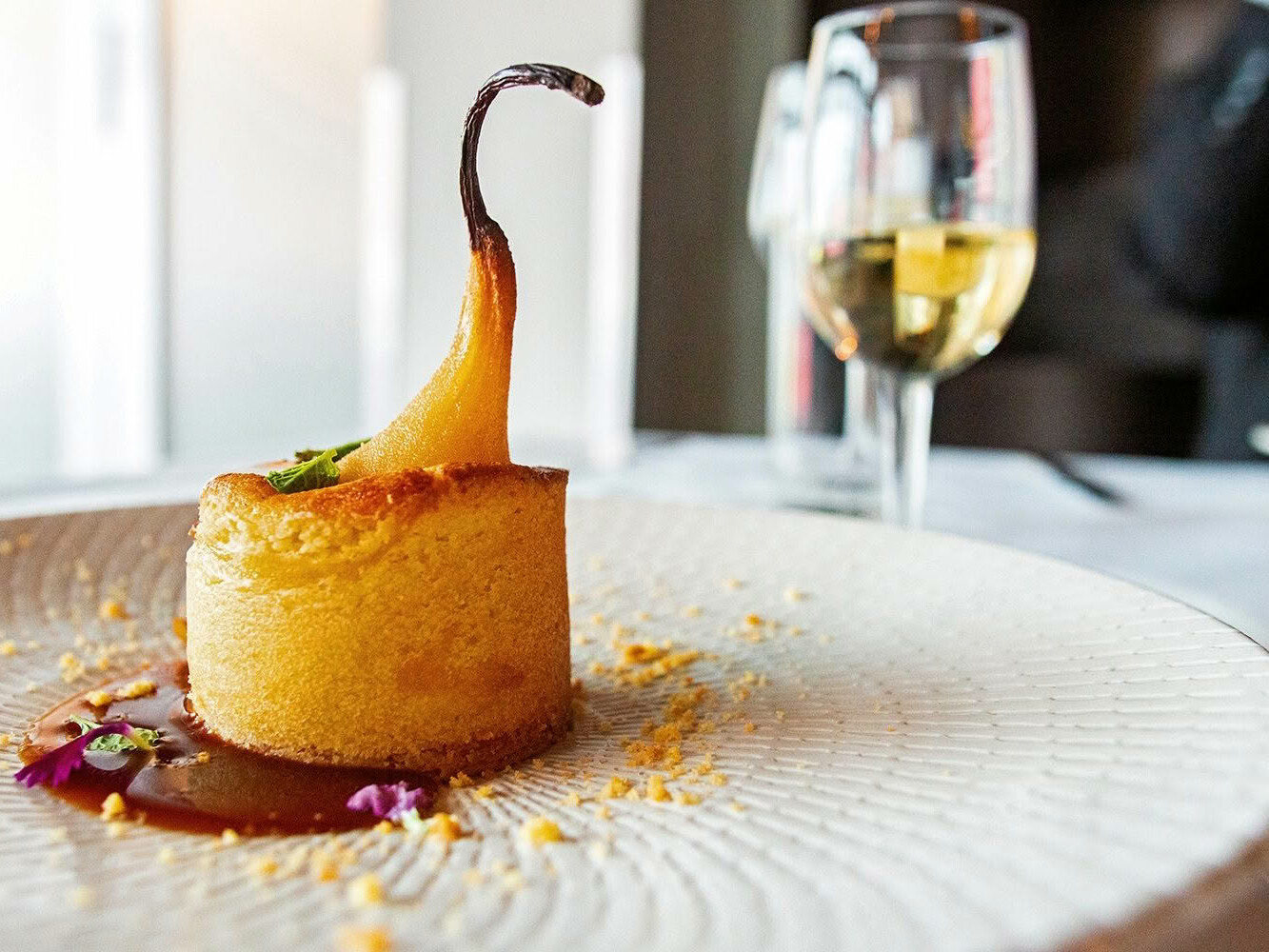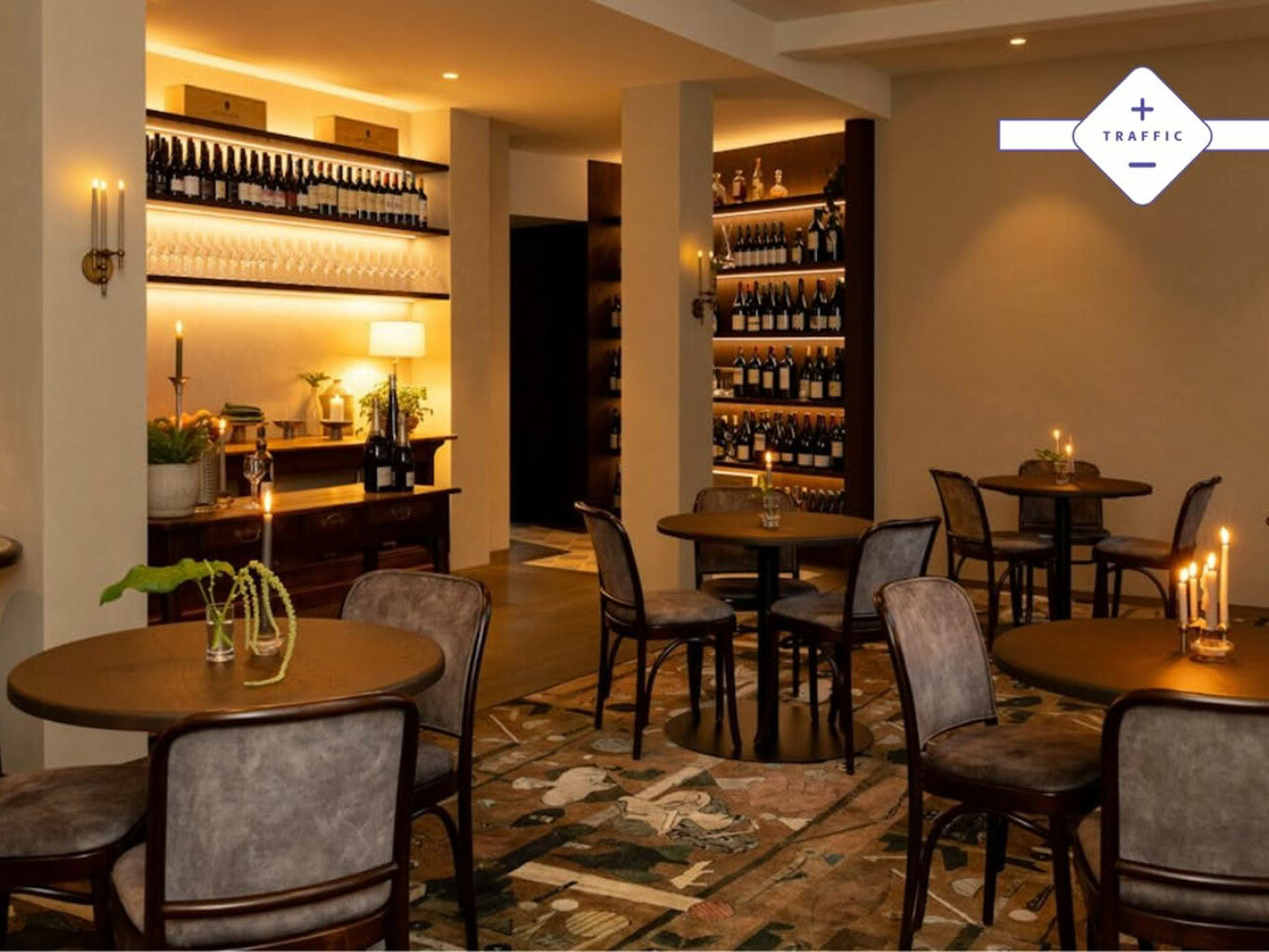Alice Neville Joins a Maritime adventure that bridges culinary generations
Clad in a t-shirt emblazoned with the words “In cod we trust”, Fleur Sullivan carefully tears open large pieces of freshly harvested kelp, deftly fashioning them into bags into which she’ll soon stuff whole crayfish, sea perch, and, of course, the venerable blue cod hailed on her top.
The kelp and the kaimoana have all been gathered that day from the pristine waters of Dusky Sound, a remote corner of Fiordland at the bottom of the South Island. The prep is happening on the deck of M.V. Flightless, an ex-navy vessel that’s our home for three nights.
Soon Fleur is joined in her task by three young chefs eager to help out and learn from the celebrated restaurateur and 2017 Cuisine Food Legend. Seungwoo Shin, 29, Freda Zhang, 22, and 18-year-old Sam Farr have recently finished the level 5 New Zealand Diploma in Cookery at Otago Polytechnic’s Central Campus in Cromwell. Under the guidance of Fleur and their lecturer Chris Smith, they’re on board to create a unique culinary experience for the guests of Pure Salt, the company that takes adventure-seekers into the heart of Dusky Sound aboard M.V. Flightless.
This is the first time Seán Ellis and Maria Kuster, the couple behind Pure Salt, have partnered with the polytech and Fleur, who runs the much-loved Fleurs Place in Moeraki, North Otago, and it’s hoped this trip will become a regular event.
As soon as we arrive on board after a chopper flight in from Te Anau, the students get to work planning the feasts to come. Freda, who’s originally from China, is clearly the chronicler of the group, and documents Day One with little drawings in a big spiral-bound notebook – helicopter x 3, boat x 1, sandfly x 1,000,000.
Photo: CLOCKWISE FROM TOP LEFT A curious seal; Fleur Sullivan and SeungWoo Shin on kelp duty; mussels fresh off the rocks; Fleur and the students in planning mode; Sam Farr takes a breather; M.V. Flightless from the air; Dusky Sound from below the surface; Chris Smith delivers the goods
There’s no Google here – not even any cell phone reception – but the student trio have recipe print-outs and the notebook for planning purposes. It’s all dependent on the bounty Dusky can provide, however, so over go the lines and almost as quickly, the blue cod come up as we take in the seriously impressive surrounds and listen to a bellbird in the flowering rātā overhead (while beginning to come to terms with the aforementioned 1,000,000 sandflies).
While the more sedate among us fish, the students head out on the tender with Fleur, Chris and Maria more rigorous foraging, and Dusky begins to reveal its wonders – a pod of bottlenose dolphins casually appears alongside Flightless, wowing us with a serious display of aerobatics. It’s just a taste of what’s to come in terms of wildlife, as over the four days on board we encounter Fiordland crested penguins, seals and an array of birdlife when we venture onto land. Soon the foragers return, the tender laden with pāua, mussels and kina.
Maria – German by birth but about as ruggedly Fiordland as you can get – gives guest Christine a pāua-shucking lesson while Fleur tells the students about the hua, the pāua’s slimy gut. Fleur says that when she first moved to Moeraki, it took a while for the local Māori to share their knowledge about preparing the hua with her – they thought she, like many Pākehā, would think it was disgusting. Fleur describes the hua as tasting like a seaweed pâté and after a bit of macho one-upmanship, Seán convinces Chris to eat one raw. He’s pleasantly surprised.
Trying new things is a common theme for all on board – kina is slurped from the shell and one morning, the prized roe is paired with scrambled eggs in what Seungwoo said was his dish of the trip. “We’d never cooked that before, we didn’t know how it would taste but it was a really good match – creamy, sweet, salty.”
Each night Fleur prepares the outdoor table on which we dine with an impressive centrepiece from the ocean – an array of catseyes, kina, pāua and crayfish shells, kelp and the like – and the feasts we consume rival the styling.
“No one in the world will be eating better than us right now,” Fleur announces one evening, and we’re not about to argue. On the first night, pan-fried blue cod with café de Paris butter, pickled radishes and asparagus is paired with a broccoli, haloumi and quinoa salad (see the recipe overleaf ), and the following morning the rest of our cod catch is lightly smoked on the Traeger barbecue that graces the deck and served with potatoes, poached eggs and hollandaise.
Following breakfast that day, Fleur talks Seungwoo through how to make fish head soup to use up what would otherwise be wasted. He says they make a similar soup in his native Korea and soon Freda and Sam join the discussion. Fleur gets on board with Freda’s visual imaginings, grabbing a pen and adding in some flames under the doodled pot. Throughout these planning sessions, Fleur imparts her unique brand of wisdom, serving up some humorous home truths about the pitfalls of the restaurant industry as a side to her cooking tips.
As we spend the days fishing, snorkelling, kayaking and paddle boarding, the students forage and cook and learn, bringing us pāua sushi and blue cod sashimi which we stuff into our gobs with one hand while the other holds the rod. On day two we land at Luncheon Cove on Anchor Island, so named because Captain James Cook and his crew feasted on crayfish here during his second visit to New Zealand in 1773 (he’d sighted and named Dusky Sound on his first visit three years earlier). Some 20 years later, a gang of sealers were dropped off at Luncheon Cove and set up temporary residence – what’s thought to be the first European settlement in New Zealand.
As we walk to the top of Anchor Island its Māori name, Pukenui (which translates to big hill), seems ever more apt and I’m grateful for my hiking boots and water bottle – though Maria makes the trip in jeans and gumboots – and we encounter a gang of cheeky kākā as well as mōhua (yellowhead), tomtits and robins.
Back on board, it’s good to see the seal colonies have recovered from those early visitors, and we watch them lounging about on rocks while we fish, and swimming by as we snorkel. Groper eludes us throughout the trip but the blue cod and sea perch, or jock stewarts, as they call them in these parts, keep us busy, and the free divers of the group nab some decent-sized crays. On night two it all goes into Fleur’s kelp bags and onto the barbecue, and the following day the leftover crayfish and pāua is turned into flavoursome, gingery Chinese dumplings (see recipe opposite) – an example of the knowledge flow going both ways.
“I’ve learnt so much from them,” said Fleur as the trip came to a close. “They’re such great kids and it’s been a good eye opener for me to realise that there are so many dedicated, good people cooking beautiful food, as I’ve been a wee bit sceptical about where food is going.
“They’re brave, but they’ve got it all at their fingertips,” she continues. “They know all these products. I live in the country and apart from the Cuisine magazine, the Restaurant Association monthly magazine and things like that, we’re way out of touch. We grow all our own specialist things but to see what these young people have put into the dishes – it’s still Kiwi food, but it tastes so good because they’ve got that little touch extra.”
As for the students, they found Fleur’s no-waste, no-nonsense approach to cooking invaluable, with Freda noting that in the absence of internet, Fleur was like her Google – “anything I wanted to know, I would ask Fleur”.
“Her knowledge of the seafood is just incredible,” Sam added. “I learnt a lot about how you shouldn’t waste anything, just learn to respect it and use it all.” puresalt.co.nz; op.ac.nz
FEATURED RECIPE
SEE MORE FROM CUISINE
Design File / Jessica Crowe / stylist, painter / Whangamatā
Though you may not know Jessica Crowe’s name, if you are a regular…
Traffic July / August 2025
Josh and Helen Emett continue the elegance and success of Gilt, with…

